Yoga Poses for Paddle board Yoga | From Beginner to Advanced
Stand-up paddle board (SUP) yoga blends the serenity of water with the balance and mindfulness of yoga, offering an unforgettable practice that challenges both body and mind. Performing yoga on a paddle board introduces new dimensions of focus, core control, and connection with nature, making even the simplest poses feel fresh and invigorating. But where do you begin, and how do you know which poses to try on the board? Whether you're brand-new to yoga or looking to test your skills with more advanced SUP flows, this guide offers a progressive series of poses from beginner-friendly to balance-defying. You'll discover how to approach each pose with confidence, build toward more challenging movements, and deepen your practice on the water.
Let’s dive into a curated list of paddle board yoga poses, ranked from easy to hard, with tips, variations, and modifications along the way.
Why Yoga on a Paddle Board?
Yoga on solid ground is already an incredible way to enhance flexibility, strength, and mindfulness. Take that flow to a yoga paddle board and add a whole new layer of awareness. On the water, every shift in body weight sends subtle ripples through the board, engaging your stabilizing muscles and demanding complete focus in each pose.
Practicing on a paddle board also connects you more deeply with the natural world. The rhythm of the water, the warmth of the sun, and the occasional splash all contribute to a more present, grounded experience. SUP yoga invites you to slow down, laugh at wobbles, and appreciate imperfection, making it less about perfect form and more about being in the moment.
Plus, SUP yoga naturally enhances your balance, strengthens your core, and builds resilience, both physically and mentally. The gradual progression from simple to complex poses ensures that practitioners at any level can safely explore and grow on the water.
Related: Benefits of Paddle Board Yoga
Beginner Poses: Start Steady
-
Child’s Pose (Balasana)
This restful pose is perfect for grounding yourself at the start of your SUP yoga session. Begin on your knees, sit back onto your heels, and stretch your arms forward, letting your forehead rest on the board. It’s an excellent time to tune into your breath and feel the gentle movement of the water beneath you. Child’s Pose feels especially nurturing on a paddle board, where the water's slight sway adds a soothing motion. It helps calm the mind, lengthen the spine, and prepares your body for more active postures.
-
Tabletop
Transition from Child’s Pose into Tabletop by placing your hands under your shoulders and knees under your hips. This stable position allows you to test your balance in a neutral spine alignment. Engage your core slightly to stay centered and avoid tipping with small waves. Use Tabletop as a base for other poses (like Cat-Cow or Bird Dog) and for resetting your body after more challenging movements. It’s also a great position to practice shifting your weight safely before attempting standing poses.
-
Downward Dog (Adho Mukha Svanasana)
One of yoga’s foundational poses, Downward Dog, becomes more dynamic on a paddle board. From Tabletop, tuck your toes, lift your hips, and straighten your legs into an inverted V-shape. Keep your hands and feet shoulder-width apart and focus on spreading your weight evenly. Expect some wobble, and don’t worry if your heels don’t touch the board. The main goal is to find length and balance. This pose strengthens the arms and shoulders while stretching the hamstrings and calves.

Downward Dog becomes a whole new experience on a SUP board. The gentle movement of water adds a subtle balance challenge while deeply stretching the back body.
Intermediate Poses: Challenge Your Balance
-
Low Lunge
From Downward Dog, step one foot forward between your hands and lower your back knee onto the board. Raise your arms overhead as you find your balance. Low Lunge opens the hips and strengthens the legs, and the shifting surface underfoot makes core engagement essential. Because of the water movement, you’ll need to keep your front knee aligned and your back foot planted gently. Focus your gaze forward and use your breath to stabilize. Want a deeper challenge? Add a gentle side bend or a twist.
 Low Lunge opens the hips and builds stability through the lower body. Add breath and balance to turn this stretch into a grounding water-based flow.
Low Lunge opens the hips and builds stability through the lower body. Add breath and balance to turn this stretch into a grounding water-based flow.
-
Warrior II (Virabhadrasana II)
Standing poses mark a new level of difficulty on a SUP board. From a lunge position, rise to standing and rotate your hips open into Warrior II. Extend your arms parallel to the board and gaze over your front fingertips. This powerful pose tests your ability to maintain a wide stance without losing balance. It activates the legs, opens the hips, and builds stamina. Because you're standing on water, even slight adjustments matter, so keep your core tight and your knees soft.
 Reverse Warrior offers a powerful heart-opening side stretch. On a SUP, it tests your leg strength and breath awareness while flowing with nature.
Reverse Warrior offers a powerful heart-opening side stretch. On a SUP, it tests your leg strength and breath awareness while flowing with nature.
-
Chair Pose (Utkatasana)
From a standing position, bring your feet hip-width apart and lower your hips as if sitting back into an invisible chair. Raise your arms overhead and keep your spine long. On a inflatable paddle board, this pose becomes a serious test of quad strength and mental focus. Chair Pose looks simple, but requires deep engagement through the thighs, glutes, and core. It's also an excellent transition pose, leading smoothly into forward folds or twists.
Advanced Poses: Flow with Strength
-
Side Plank (Vasisthasana)
Now we’re in true balance territory. From a standard plank position, shift your weight onto one hand and rotate your body sideways, stacking one foot on top of the other. Raise your free arm to the sky and gaze upward if possible. On a SUP paddle board, Side Plank demands stability from every muscle. You’ll activate your obliques, shoulders, and hips in ways you don’t on solid ground. Modify by dropping your lower knee if needed or placing one foot in front of the other for more support.
-
Dancer Pose (Natarajasana)
This elegant standing backbend is both beautiful and bold. Begin in a standing position, then shift your weight onto one foot, reach back with one hand to grab the opposite ankle, and lift the leg behind you while extending your other arm forward. SUP adds difficulty by challenging your balance and focus. Keep your movements slow and steady. Look at a fixed point on the horizon (drishti) to help you stabilize. Dancer Pose builds flexibility, concentration, and strength all in one.
-
Crow Pose (Bakasana)
Yes, arm balances are possible on a stand up paddle board if you’re up for the challenge. Squat down with your feet together and place your hands shoulder-width apart on the board. Lean forward, bend your elbows slightly, and rest your knees on your triceps. Slowly lift your feet off the board, one at a time. Crow Pose is tricky even on land, and on water, it requires precision, patience, and core control. Don’t be afraid to fall into the water, it’s refreshing! The key is commitment: hesitating too much can throw off your center.
Cool Down Poses: Reconnect and Reflect
-
Seated Twist (Ardha Matsyendrasana)
After the intensity of advanced poses, it’s essential to cool down. A seated twist is perfect for releasing the spine and aiding digestion. Sit cross-legged or with one leg extended, then twist gently toward your bent knee, using your hand for leverage. The gentle movement of the water makes twists feel more fluid and organic. Take deep breaths and allow your torso to unwind. Twists also help balance out any asymmetries built up during your practice.

Seated Twist realigns the spine and stimulates digestion. SUP yoga adds a meditative sway, enhancing body-mind connection.
-
Supine Spinal Twist
Lie flat on your back, bring one knee across your body, and extend your opposite arm out to the side. This gentle twist helps release the lower back and hips while calming the nervous system. On a paddle board, you’ll feel the subtle rocking of the water, which can be deeply meditative. Use this pose to relax, reflect, and bring your energy back to neutral. Let your breath deepen as your body softens, preparing you for final rest.
-
Savasana (Corpse Pose)
No yoga session is complete without Savasana. Lie flat on your back, close your eyes, and let your arms and legs relax fully. On a paddle board, this pose becomes a floating meditation. As you rest, allow the sound of water, the warmth of the sun, and the breeze across your skin to melt away tension. Many practitioners say Savasana on a paddle board is the most peaceful experience in yoga. Stay here as long as you like.
Tips for Practicing Paddle Board Yoga
Before you head out for your first flow on the water, here are a few practical tips to make the most of your session:
-
Start with calm, flat water (lakes or bays are best)
-
Choose a wide, stable yoga SUP board (like the THURSO SURF Tranquility Yoga Paddle Board)
-
Barefoot is best for grip and control.
-
Don’t be afraid to fall in, it’s part of the fun!
Also, bring sunscreen, water, and a towel, and remember: SUP yoga is about exploration, not perfection. Embrace the wobbles, breathe deeply, and enjoy the connection with nature.
Final Thoughts: From Easy Poses to Empowered Practice
SUP yoga turns the familiar into the unexpected. Even if you've practiced yoga for years, stepping onto a paddle board brings new insight, new challenges, and new joy. It strips away distractions and invites full presence because every movement matters when the water responds beneath you. Every SUP yoga session is a unique journey, and the key is to progress at your own pace, honor your body, and savor the experience of blending balance, strength, and serenity. So unroll your yoga mat on the water, take a deep breath, and let your practice float free.
📌 FAQs:
Q1: Is paddle board yoga good for beginners?
Absolutely! With the right board and calm waters, beginner SUP yoga poses like Child’s Pose and Tabletop are safe and effective.
Q2: What type of paddle board is best for yoga?
Look for wide, stable boards with a soft deck pad. Yoga-specific SUPs like the THURSO SURF Tranquility are perfect for balance and comfort.
Q3: What should I wear for SUP yoga?
Comfortable, quick-drying activewear or a swimsuit. Avoid loose clothes that might get caught or drag in the water.
Q4: Can you fall doing SUP yoga?
Yes, and it’s part of the fun! Falling is common and harmless in calm waters. Just embrace it.


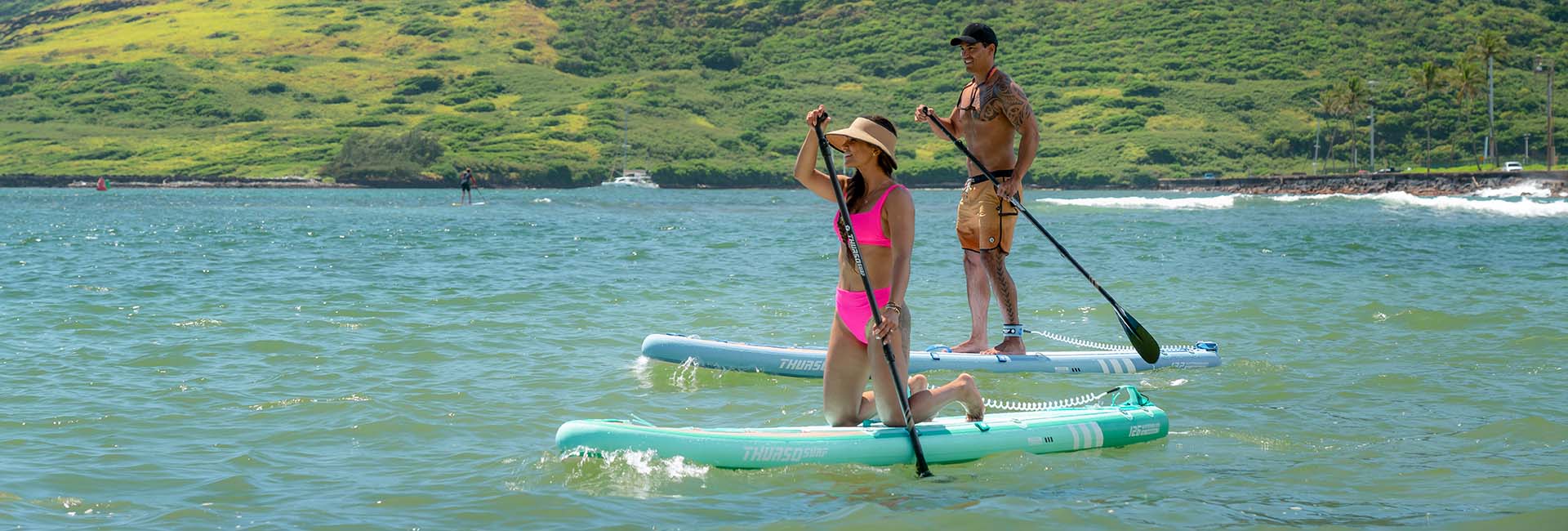
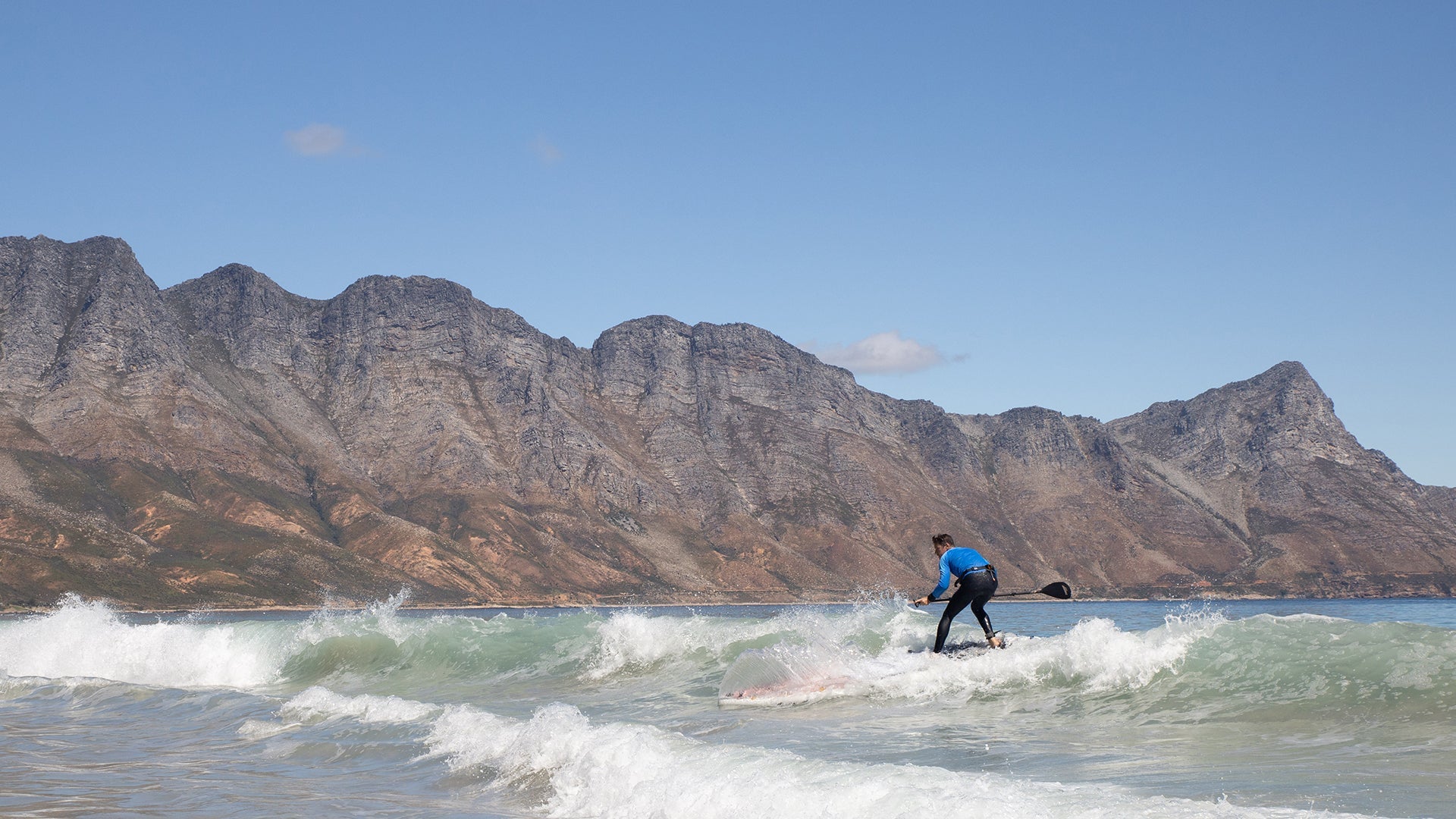
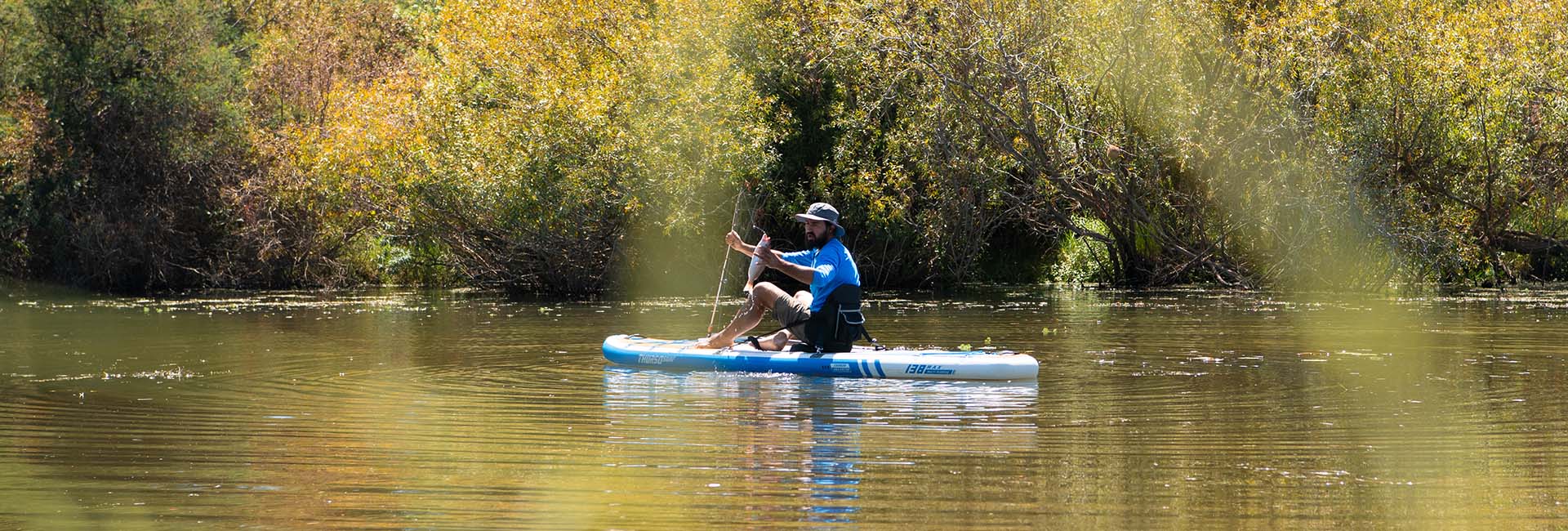
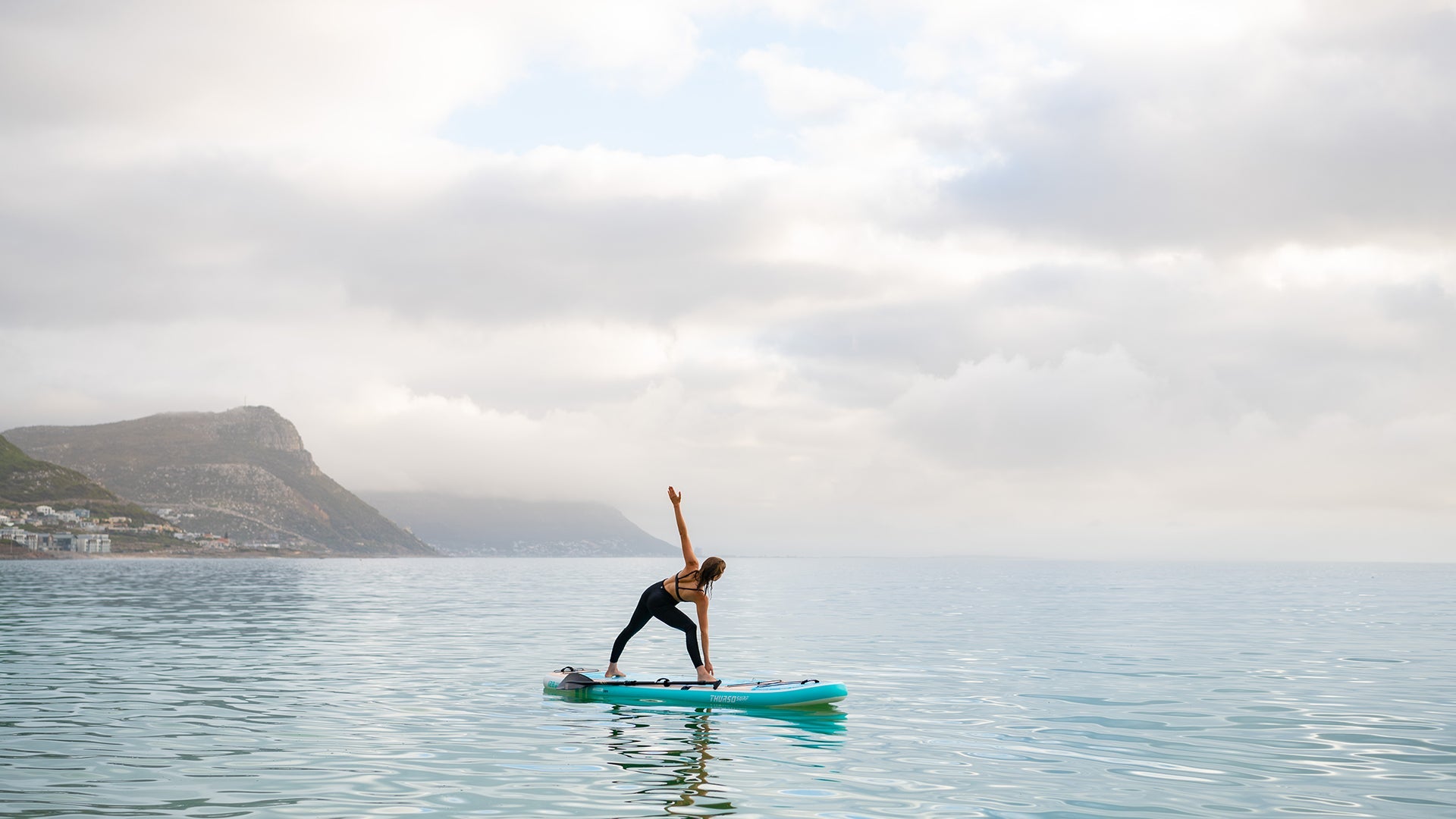
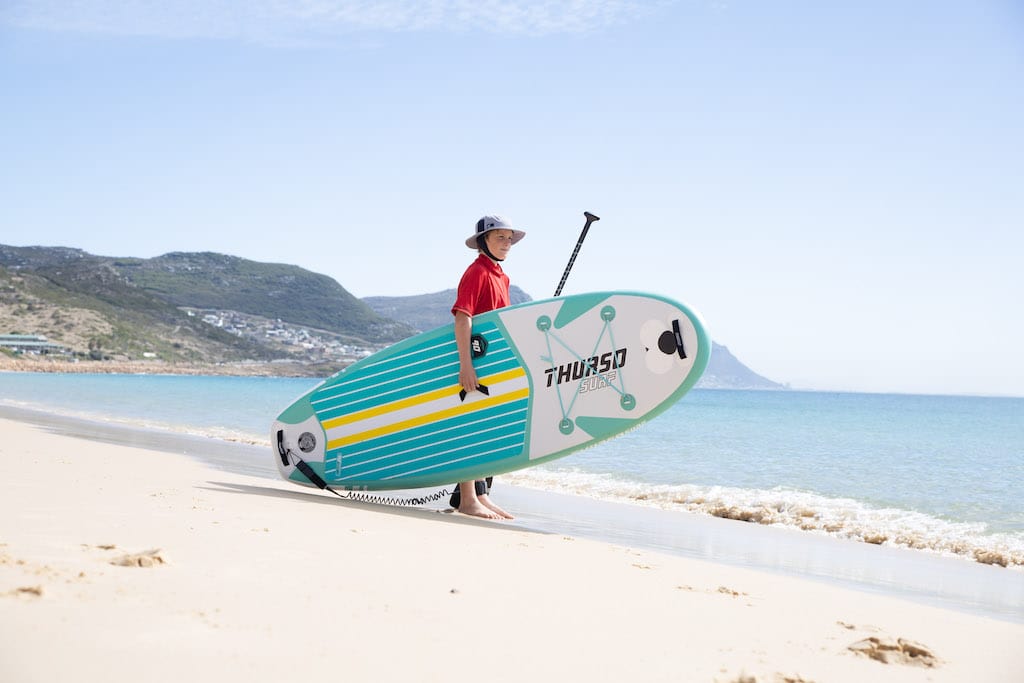
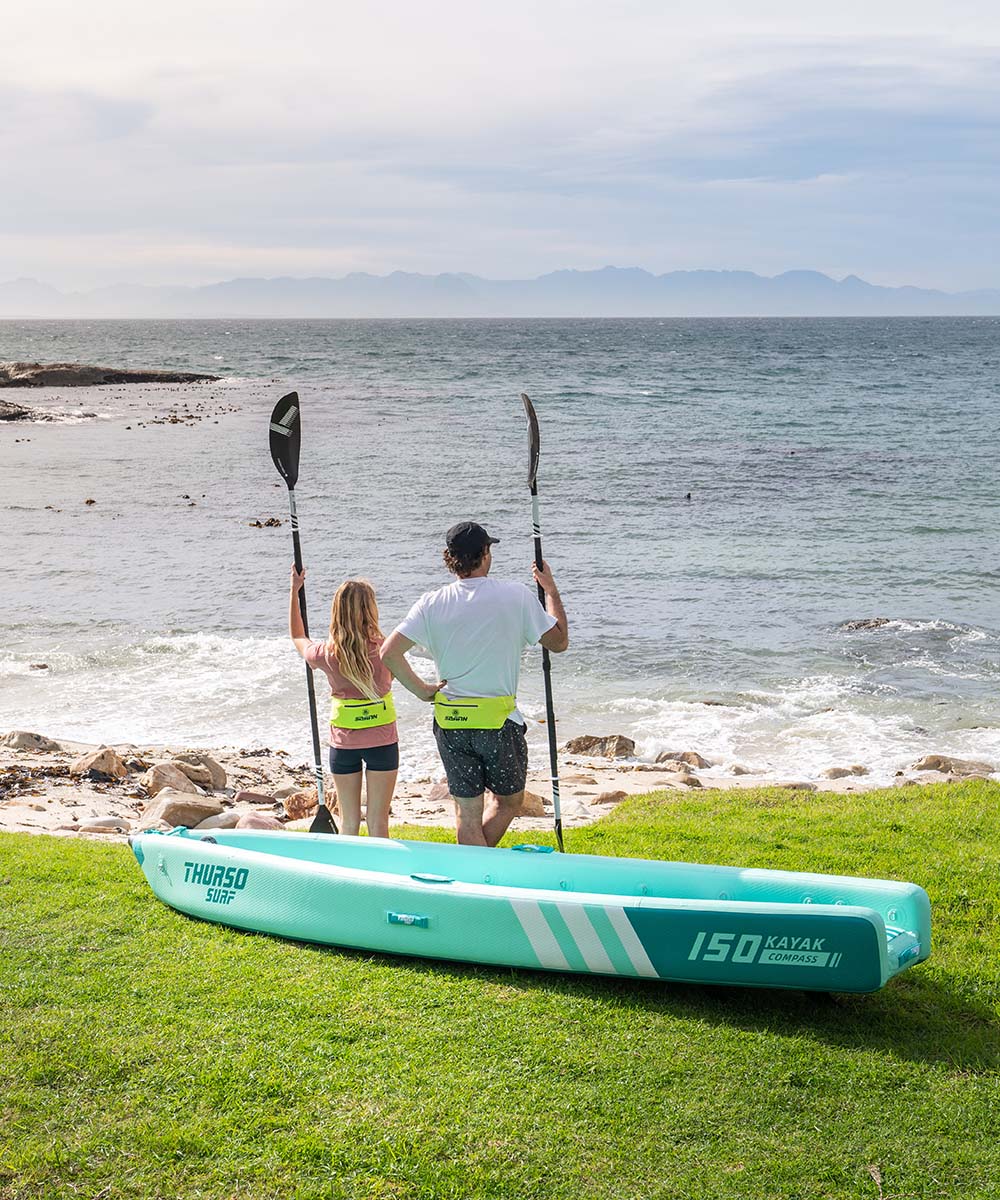
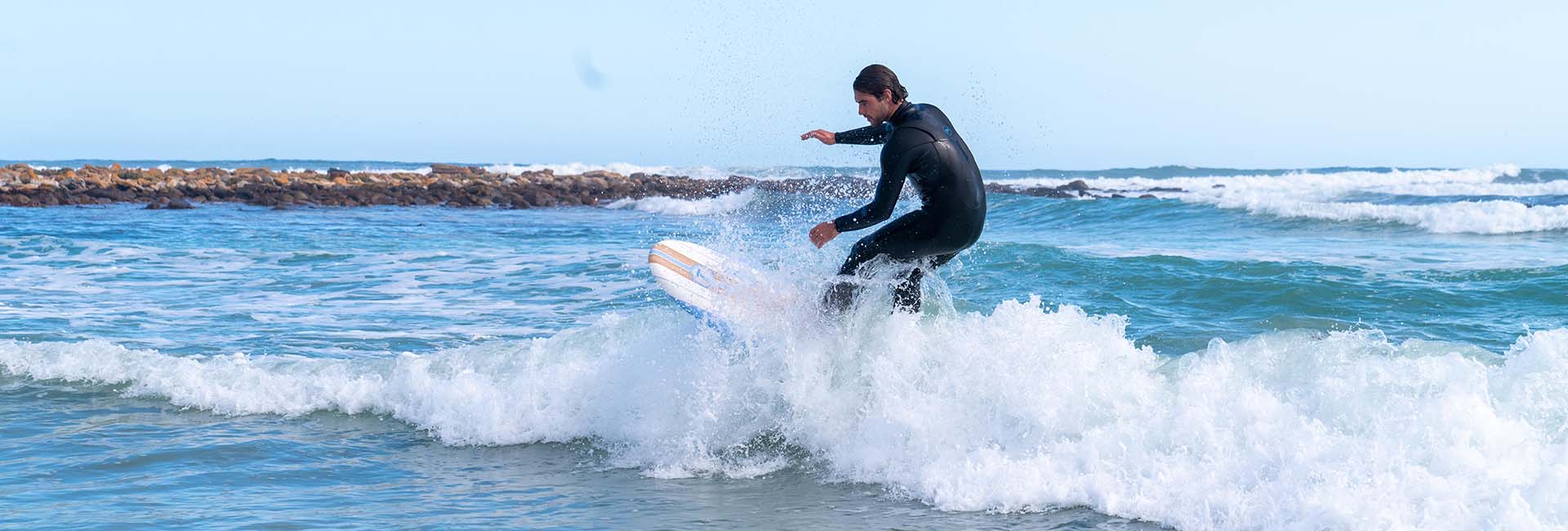
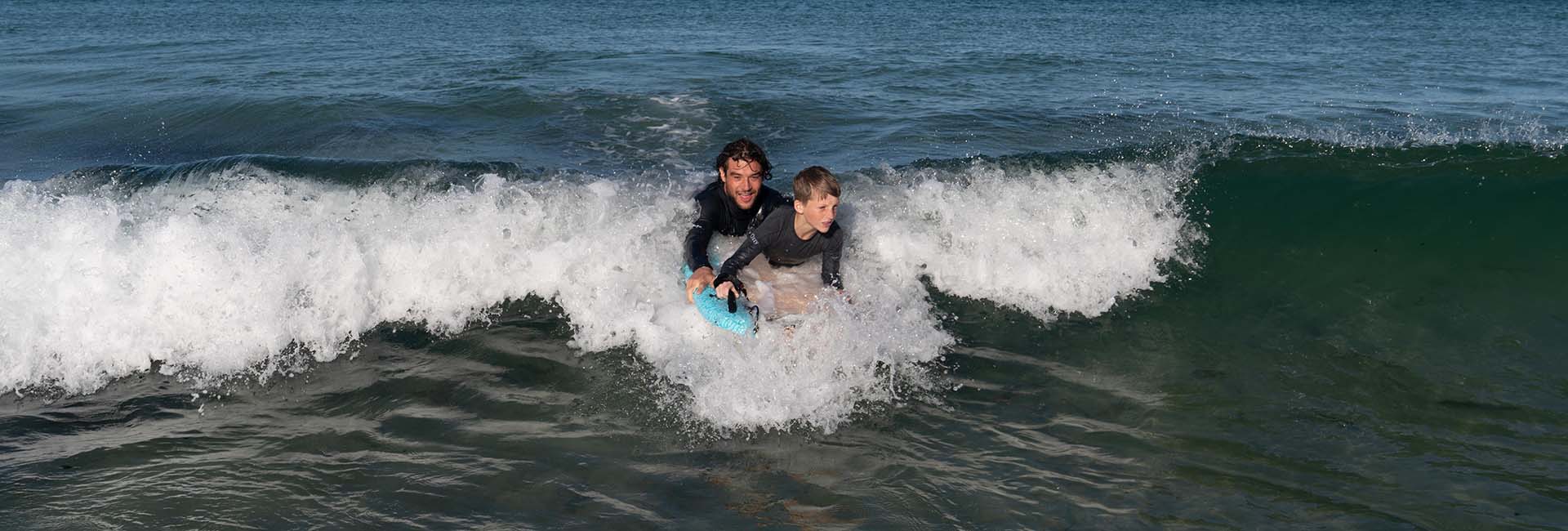
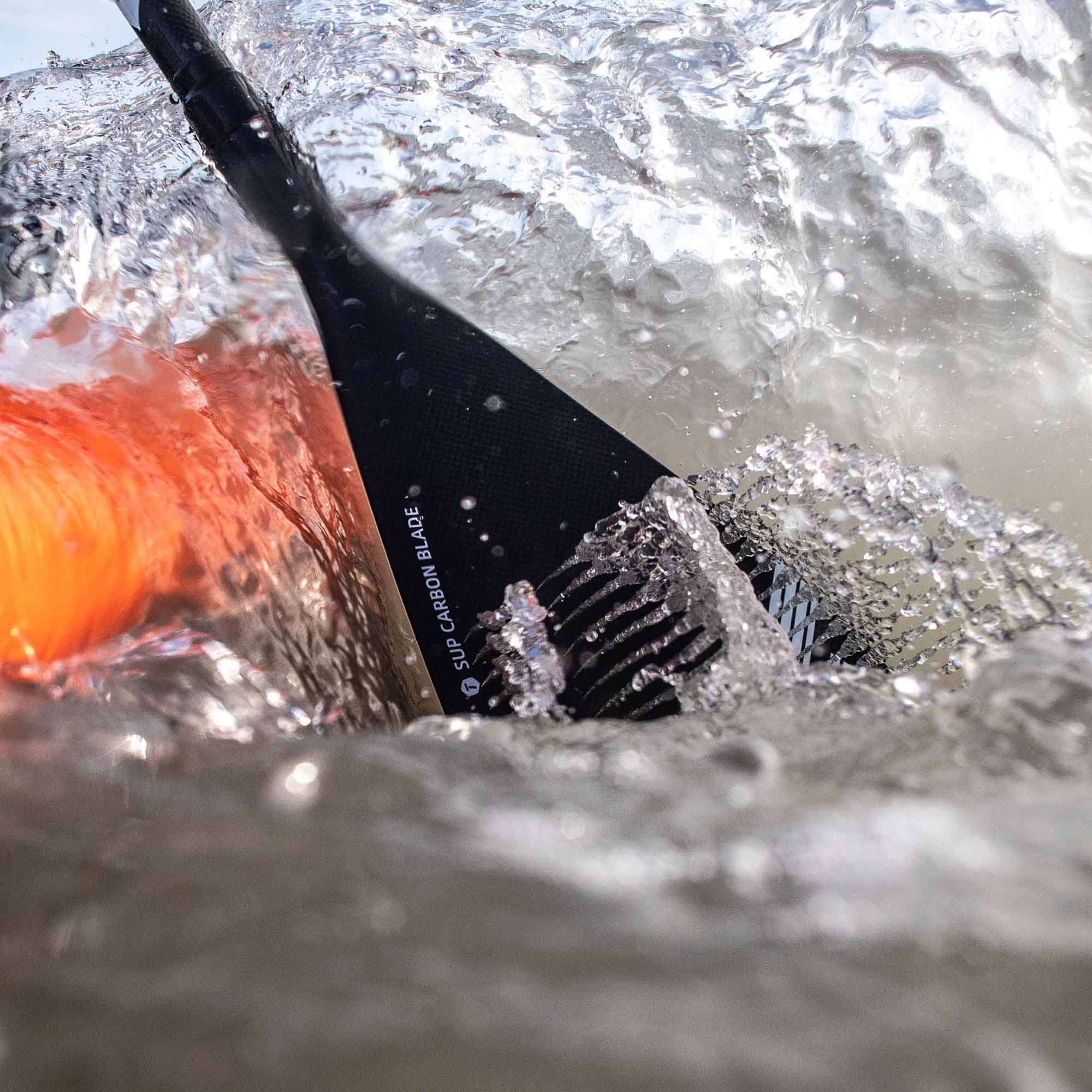
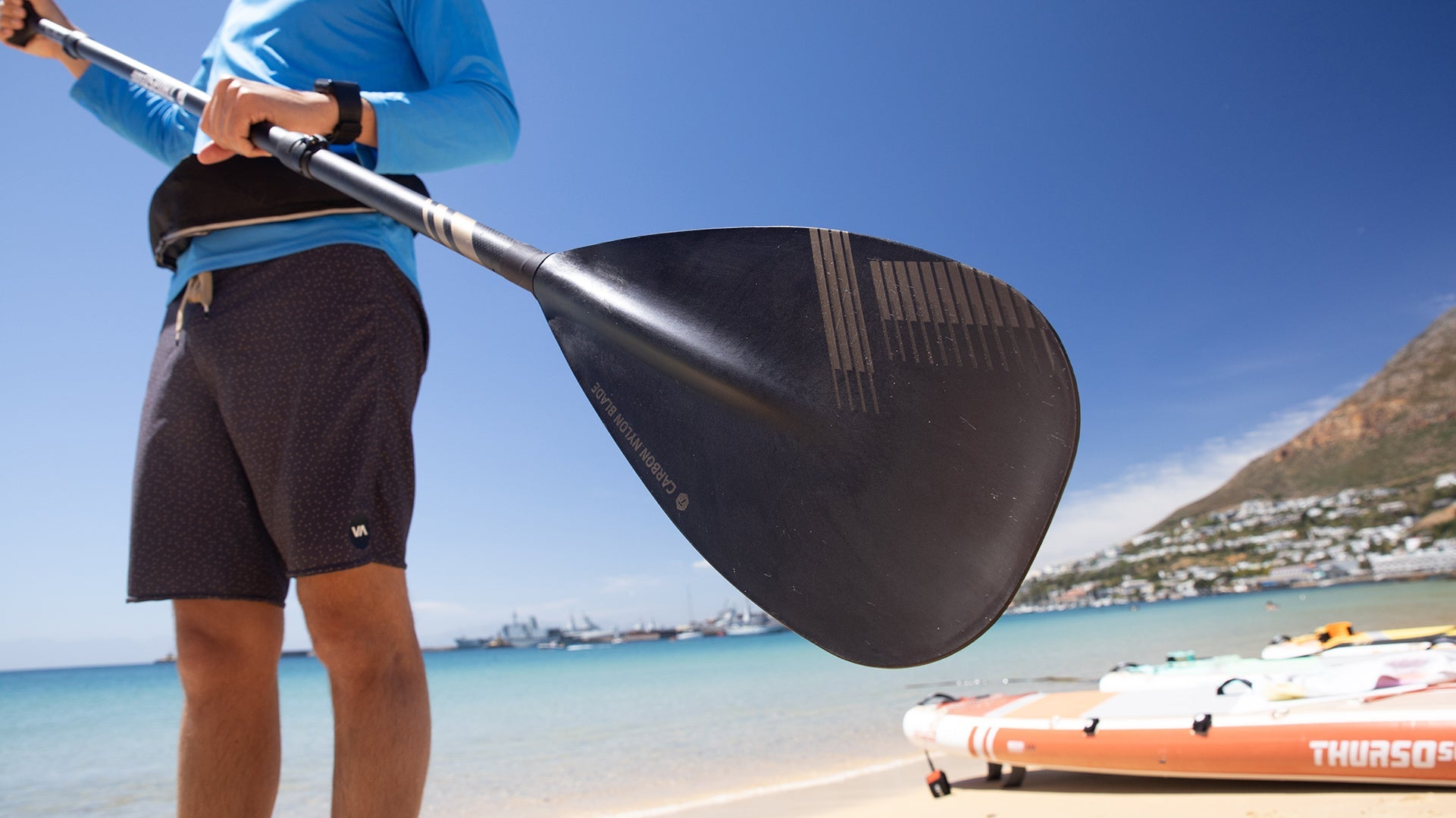
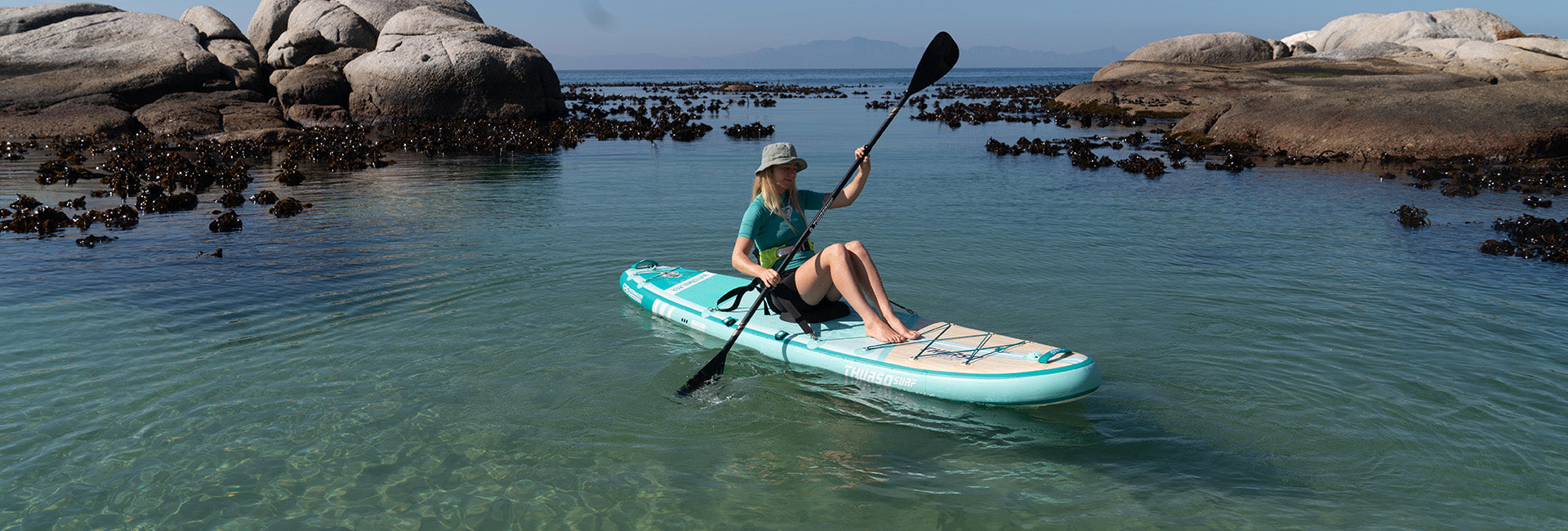

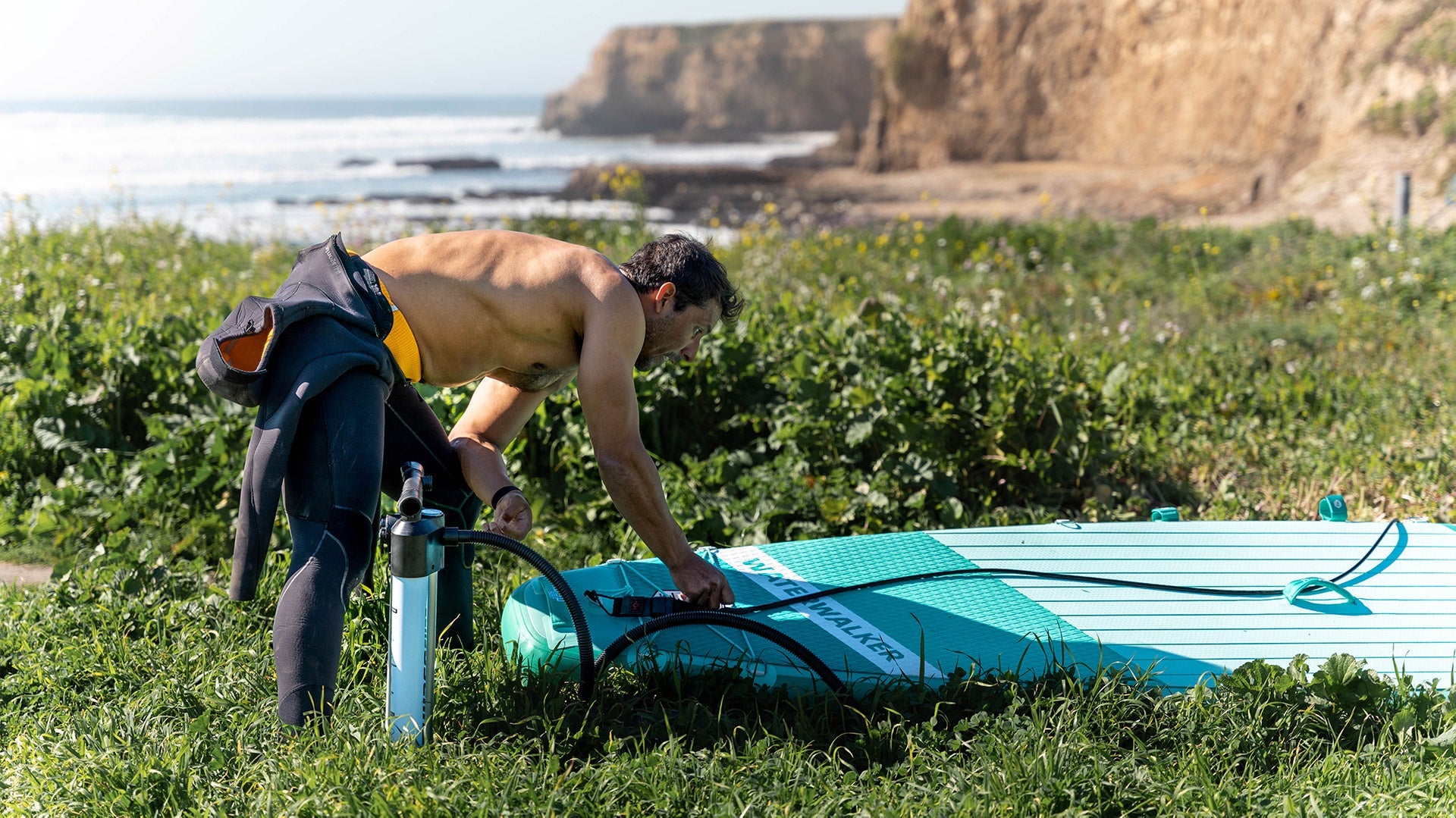
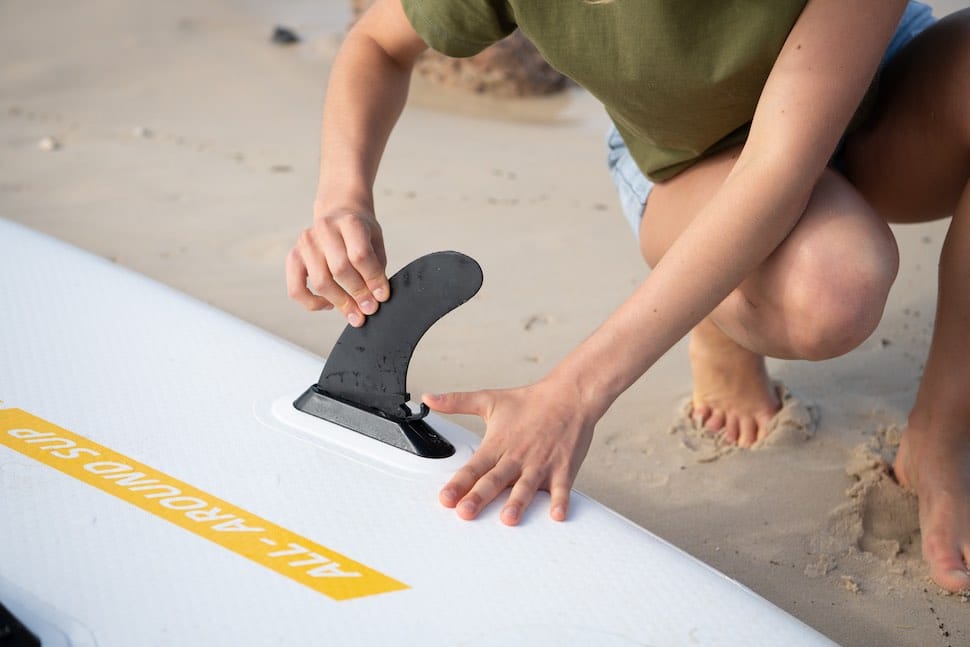
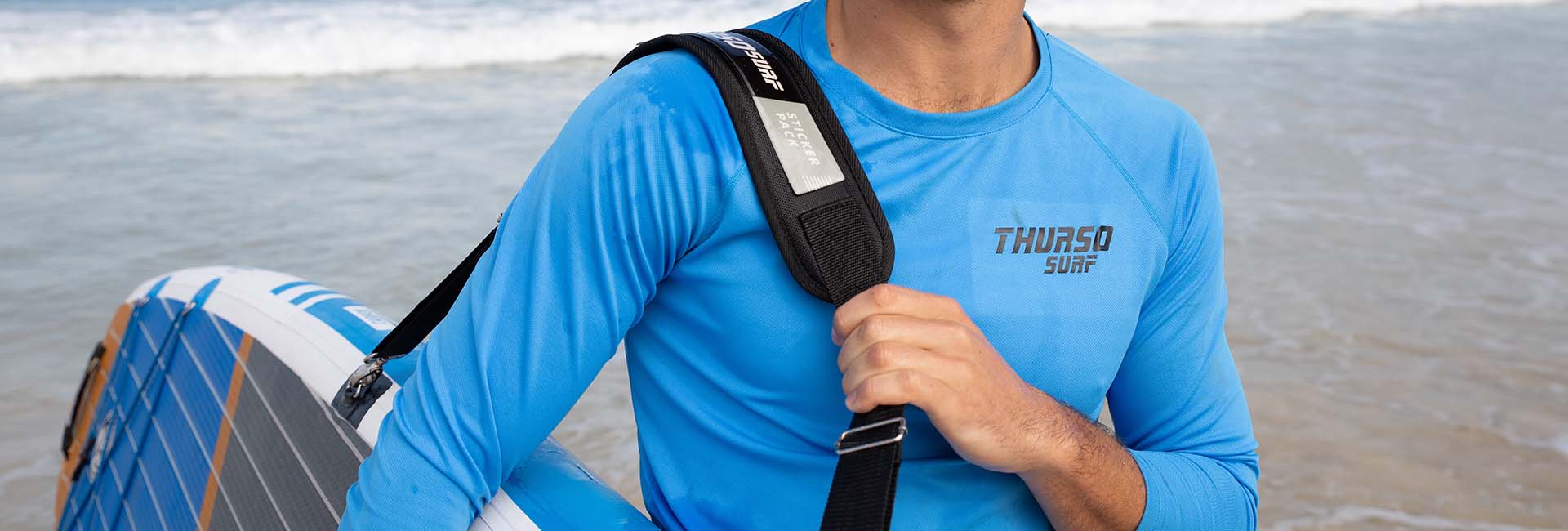



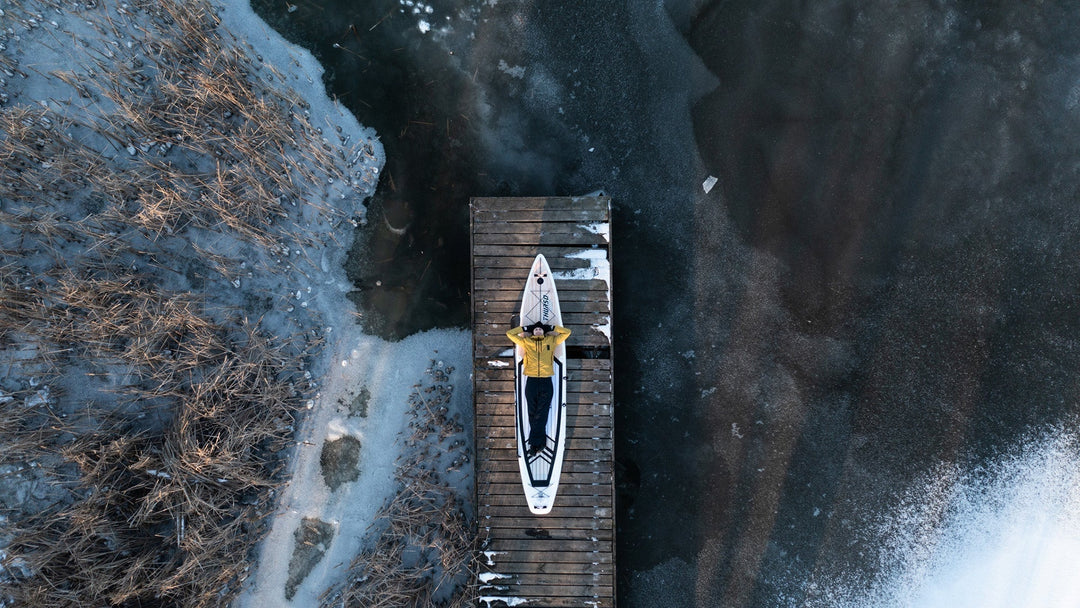
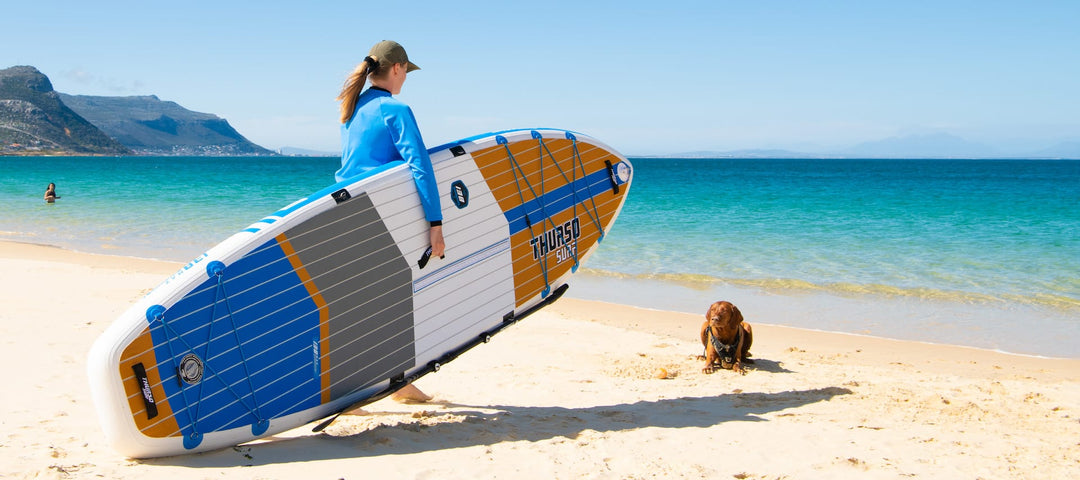
Leave a comment